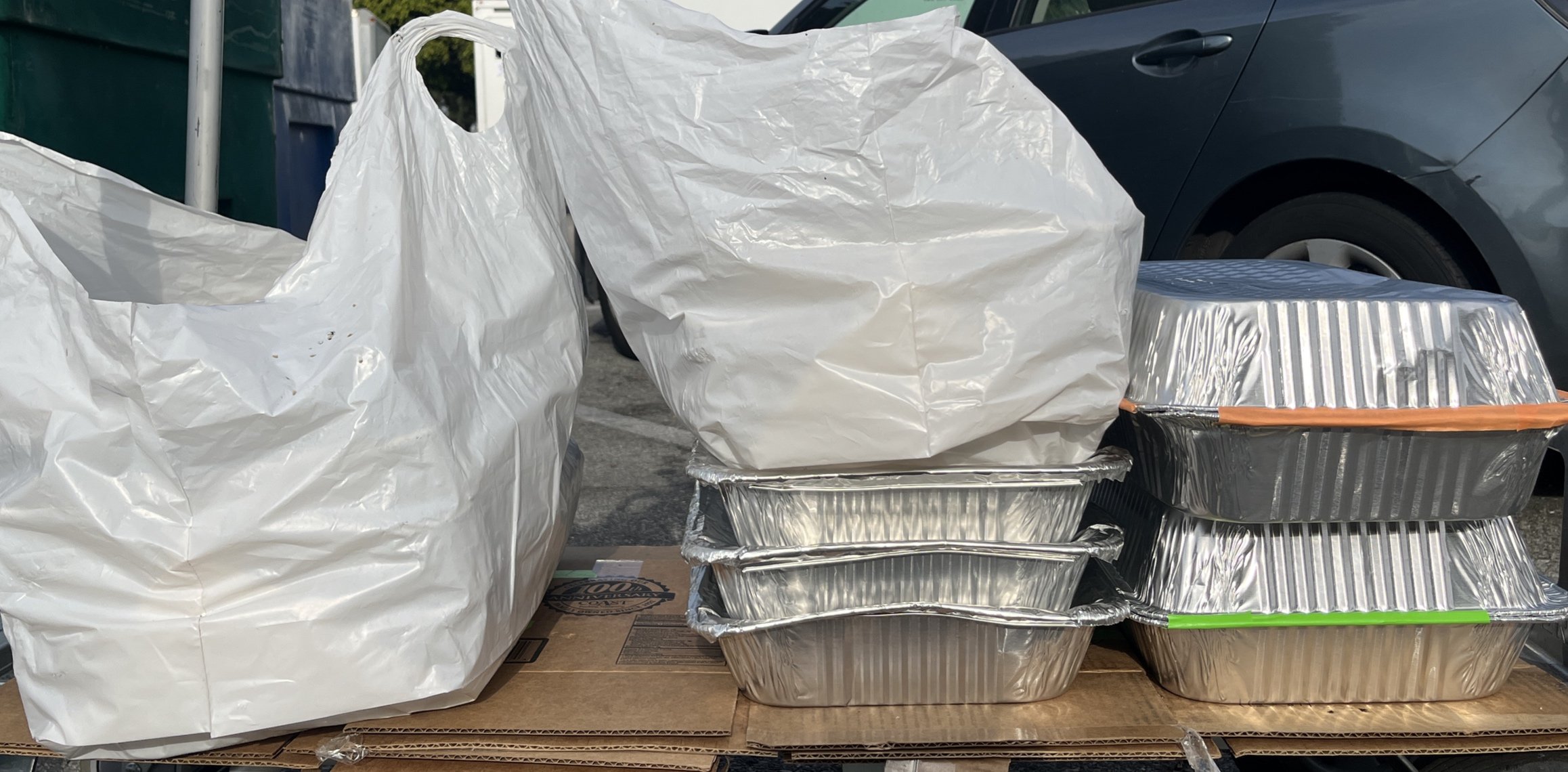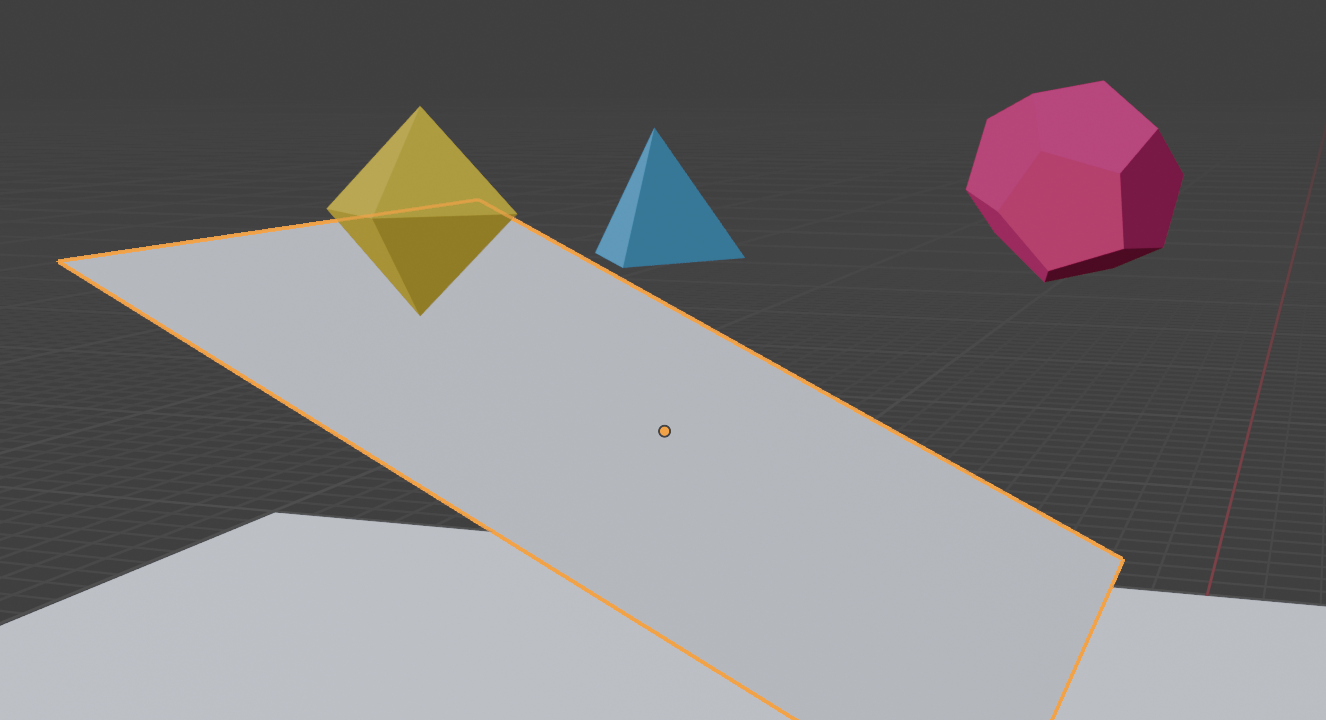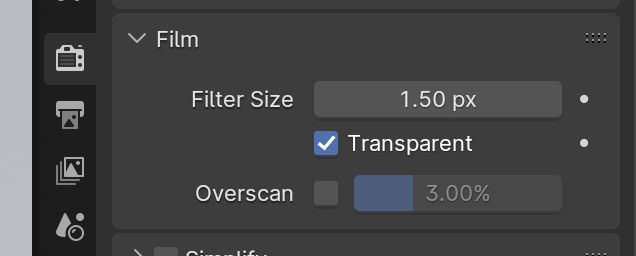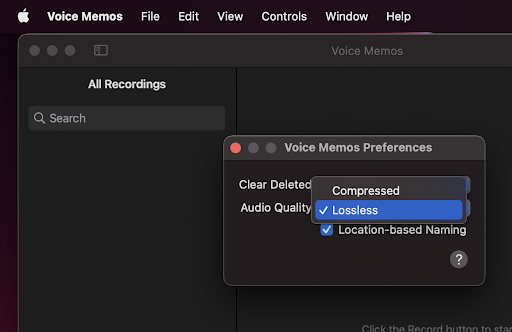I’ve been freelancing as a Sustainability Coordinator and Sustainability Production Assistant on commercials for the past two years. One thing I noticed almost immediately is that these productions create a colossal amount of food waste.
When a production hires a sustainability team, most of the food waste gets composted. When a production doesn’t, it all goes into the landfill. We’re not talking just a little bit. I was on a job last year that produced 3700 lbs of trash in a week. Of that, 2200 lbs was compost (food waste), 800 was landfill, 400 recycling. We were able to donate 300 lbs of food to local shelters.
This isn’t only relevant for production workers in Los Angeles. I think the broader message of waste reduction and considering the mess we create is applicable to anyone. Have a company party with seven leftover pizzas and a table full of soda? This post can help you get that food to folks in need!
Why Donate Food?
I’ve been studying environmental science and sustainability at Santa Monica College since 2021. One thing that popped up in Environmental Economics class is that the world produces more than enough food to feed everyone. Yet the US wasted 133 billion pounds of food in 2010 alone. California produces 6 million tons of food waste every year and SB 1383 aims to slash that number…which is why you might be seeing more green bins around town and sustainability people on set.
If statistics don’t “do it” for you, look around next time you take a walk around your neighborhood in LA.
Where Does All of that Food Come from?
Productions have to feed a lot of people. Catering typically over cooks so there’s more than enough for everyone. Most of the extra can’t be reused or saved. Craft services also gives out snacks throughout the very long shoot days. This all adds up. People often take extra food and throw away the scraps. Some cooking waste isn’t particularly palatable (e.g. beef juice). Food styling often overbuys so there’s plenty of items to dress a set with.
Composting requires energy to transport and process. According to a guest lecture from a representative from Athens Services in Sustainable Food Systems class, most of LA’s compost gets sold to farms in Kern County or used as landfill cover locally. The best thing to do with edible food is to turn it into calories by letting someone eat it. Here’s how you can make that happen.
Getting the Leftovers
If you have a sustainability team on set, come chat us up! We love to talk with like-minded folks. If you don’t have sustainability team, it’s time to take matters into your own hands.
It’s rare that you won’t have leftover food on a shoot day. Talk to your production supervisor about getting some aluminum food pans with lids. Aluminum is more recyclable than plastic, so go that route if you can. Typically, I plan for 5-10 pans a day, depending on if I can get both breakfast and lunch donations. This should run production about $10 / day—a drop in the bucket for most budgets.
Once you’ve secured pans, talk to your caterers. Let them know you’re going to donate any leftover food to a nearby shelter—protein, salads, pastries…anything you can eat that would otherwise go into the trash. I’ve found that folks are almost always super down to help you out and will usually fill up pans for you. You may need to fill ‘em up yourself once they’ve finished serving. Caterers are busy and folks are usually most receptive to sustainability when you can make their jobs easier.
Donate to a Nonprofit
By far the easiest way to get your food to folks in need is to reach out to a nonprofit like Every Day Action. EDA has a team of drivers and volunteers who will come to you to pick up and donate your food. You can set up pick ups via email, and they have a network of shelters in each neighborhood so the food gets redistributed locally. If you’re looking for an organization to donate money to, I would highly recommend EDA.
Let’s say you can’t get an EDA pick up…what then?
DIY Food Donation
There are lots of places that will accept food if you know where to look. You can start by Googling “shelters near me” and cold calling. My favorite place to donate to is the Midnight Mission in DTLA. They accept donations all night, so if production runs late, you have a place to drop off. If you live in LA, I would recommend checking this place out, it’s quite sobering. They’re centrally located to lots of studios, too.
Food pantries will often accept donations, but may have limited availability. Nourish.la and Bodega at Santa Monica College are two that I’ll contact when I’m working in their neighborhoods.
If you can’t find a shelter, I’ve found that fire departments love getting proteins. “30 lbs of ribs? Yes please!”
Liability
One question that comes up a lot is food donation liability… “Will I get in trouble if I donate this food?” California has a 2017 Good Samaritan Law that will protect you if you donate food that was fit for consumption at the time of donation to a food bank or non-profit. At the federal level, the 1996 Bill Emerson Good Samaritan Food Donation Act offers similar protections if you donate in good faith to a nonprofit organization. I’m not a legal expert by any means, but I haven’t run into any problems so far.
To be safe, make sure that you refrigerate or chill any food that’s going to be left out for a while, say if your pick up driver won’t arrive until after lunch and you’ve already collected breakfast. Catering, food styling, and crafty will usually help you out.
Food for Thought
You might feel unsafe if you’re dropping off food by yourself and there’s a large crowd of people outside of a shelter. Don’t ever put yourself in a dangerous situation. The Midnight Mission has a guarded, underground entrance you can use after hours. I’ll usually wait until the morning to drop off food if crew gets a late second meal and I can’t arrange a pick up. Along those lines…
There’s a common sentiment among some folks in LA that “don’t want those people around.” To that I say fix your heart. LA county has roughly 75,000 unhoused people, which is coincidentally the same population as my hometown of Scranton, PA. It’s not just unhoused people that need food. According to a USC study, 30% of households in LA experience food insecurity. We’re all complicit in a system that allows this to happen. We can drown in apathy or look for ways to make an impact. Talk to people. Someone will likely help you help others.
Acknowledgements
I have to give a huge shout out to EcoSet, a sustainability consulting company I freelance with, and their senior coordinator Nik Li. I have learned sooo many practical sustainability practices from them and love getting to brainstorm ways to improve our practices with Nik. Definitely check out their warehouse if you’re a filmmaker—they’ve got loads of amazing salvaged props, furniture, wood, art supplies, walls, and a-frames that you can just take for free.
Prof. Grebler from Santa Monica College is heavily involved in their sustainability certificate programs, runs a volunteer gardening group, and teaches an amazing food anthropology class. She’s been an invaluable support and resource as I learn more about sustainability and food waste reduction in Los Angeles.
Thanks to Leah Kim—helping out with her Voices on the Side podcast encouraged me to lean into uncomfortable discussions for the greater good.
Thanks to Kat Heagberg for editing these posts!
Finally, a mountain of thanks to Every Day Action for they work do.





























